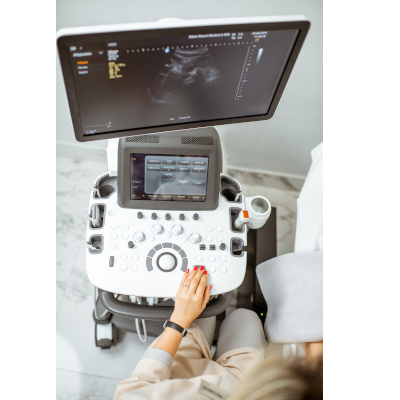Proper clinical documentation is the most efficient way to avoid revenue loss for radiologists. Ensuring proper documentation also helps recoupment in the event of an audit, and prevention of claims denial due to insufficient documentation. This series of tips dissects common documentation errors in the radiology setting,
which include but are not limited to failure to enumerate body parts, missing documentation for ultrasound (US), lack of documentation of 3-dimensional (3D) reconstructions for computerized tomography (CT), CT angiography (CTA), magnetic resonance imaging (MRI) and magnetic resonance angiography (MRA), missing spectral analysis and color flow information for duplex Doppler, failure to document permanent images for US guidance, and use of equivocal language and vague clinical indications. Here we’ll discuss a few areas at risk of claim denial, using examples that are coded to Current Procedural Terminology (CPT).
1. Ultrasound of pregnant uterus
For gestation of less than 14 weeks (CPT codes 76801 and 76802), the required documentation includes:
a. Number of gestational sacs/fetuses
b. Appropriate measurements to determine fetal age
c. Survey of fetal and placental structure
d. Qualitative assessment of amniotic fluid volume/gestational sac shape
e. Maternal uterus and adnexa
For gestation of 14 weeks or greater (CPT codes 76805 and 76810), in addition to items a-d above, you require:
• Survey of intracranial/spinal/abdominal anatomy
• Four-chambered heart
• Umbilical cord insertion site
• Placenta location
• Gestational sac/fetal measurement
• Maternal adnexa if visible
Failing to document all the required anatomical locations for a complete exam could result in claim denial.
2. Permanent images for US guidance
Failing to document permanent images in the patient’s record for all procedures using US guidance can lead to audits. The CPT guidelines require “permanently recorded images of the site to be localized, as well as a documented description of the localization process, either separately
or within the report of the procedure for which the guidance is utilized.”
3. Weak, vague or absent clinical indications and equivocal language
Weak, vague, or absent clinical indications happen when the referring physician orders exams to rule out a specific diagnosis. Equivocal language happens when the radiologist uses phrases such as “consistent with,” “suggestive of,” “evaluate for,” “possible,” or “compatible with” in the Indication or Impression section and does not include signs and symptoms or definitive impression language. These phrases can imply a lack of certainty and cause coders to be unable to assign an appropriate, valid diagnosis code for the claim.
To reduce the risk of a claim denial, an exam must be ordered and performed based on a medically necessary indication or diagnosis to support the claim. Referring physicians should understand the need to document signs, symptoms, or known conditions related to the order. Front desk staff can be trained to call and ask for an updated order with the medically necessary information to support the exam.
In summary ensuring proper documentation will reduce revenue loss when radiologists are educated on the required components needed to support each exam.

